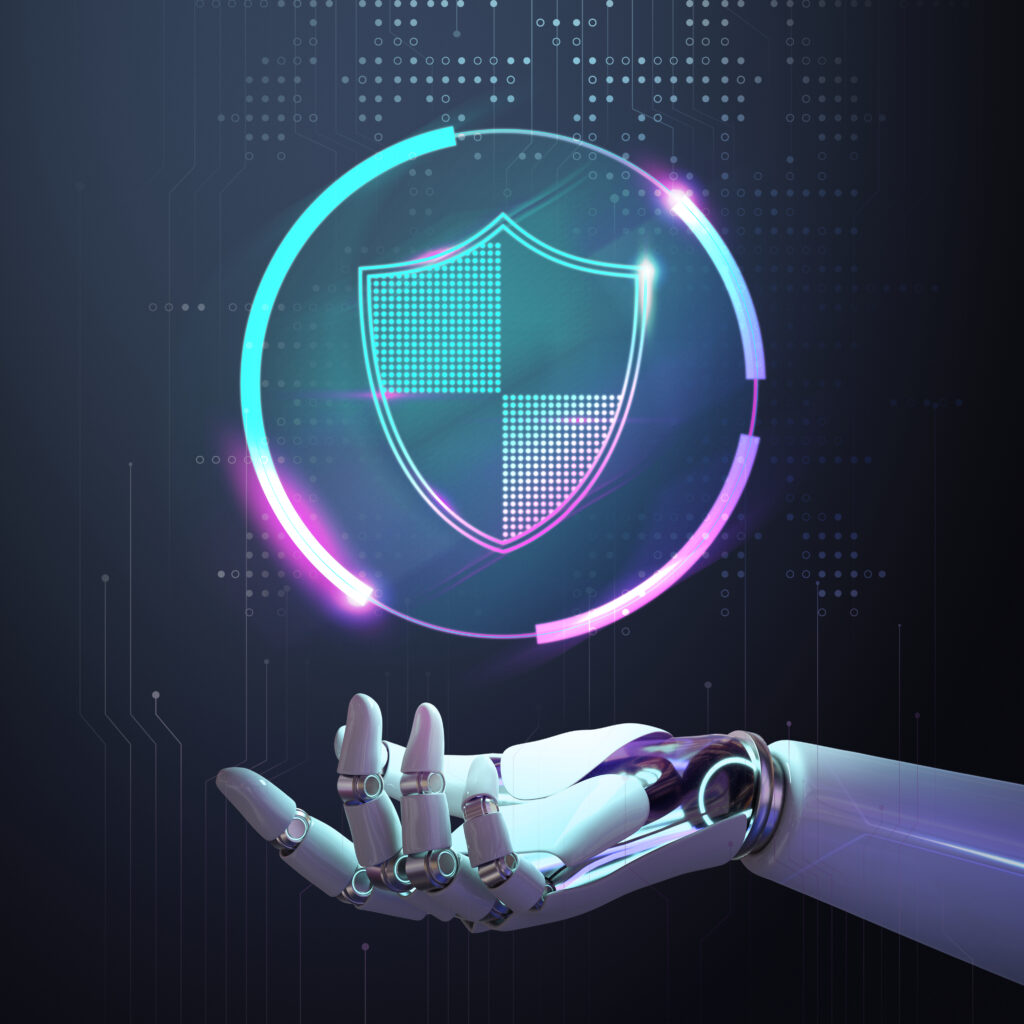In today’s fast-paced digital landscape, where innovation drives businesses forward, cybersecurity has emerged as a fundamental aspect of product engineering. As companies develop and deploy cutting-edge solutions, protecting sensitive data, intellectual property, and user privacy becomes paramount. For product engineering firms, incorporating robust cybersecurity practices into every phase of development is no longer optional—it’s essential.

Why Cybersecurity Matters in Product Engineering
The rise of sophisticated cyberattacks, data breaches, and regulatory requirements has made it clear that the security landscape is evolving rapidly. Modern products—whether they are software applications, connected devices, or cloud-based services—are increasingly vulnerable to attacks. A single breach can not only compromise sensitive information but also damage a company’s reputation, erode customer trust, and lead to substantial financial losses.
For product engineers, cybersecurity isn’t just an add-on; it must be embedded from the ground up. From initial design to post-deployment support, a comprehensive cybersecurity strategy ensures that vulnerabilities are addressed proactively, rather than reactively.
Key Cybersecurity Challenges in Product Engineering
- Data Security: As digital products collect, store, and process vast amounts of data, ensuring the confidentiality and integrity of this data is critical. Product engineers must employ strong encryption techniques and secure data storage mechanisms to safeguard sensitive information.
- Threat Detection and Response: Cyber threats are evolving at an unprecedented rate. Early detection and rapid response are key to minimizing damage. Engineers must integrate security monitoring and threat detection tools into their solutions to identify potential attacks before they escalate.
- Secure Development Lifecycle (SDL): Embedding security into the software development lifecycle (SDLC) helps reduce vulnerabilities at every stage of product creation. This involves regular code reviews, security testing, and adherence to best practices, such as secure coding standards and threat modeling.
- Compliance and Regulations: With the introduction of stringent data protection laws like GDPR, HIPAA, and CCPA, engineers must ensure their products comply with relevant regulations. Failure to comply can result in hefty fines and loss of credibility.
- Cloud Security: As more products move to cloud environments, securing these platforms is vital. Cloud security involves protecting data, applications, and infrastructure from breaches and ensuring that cloud configurations follow security best practices.
- Third-Party Dependencies: Modern product development often involves the use of third-party libraries, frameworks, or APIs. These components can introduce security risks if not properly vetted. Product engineers must ensure all external dependencies are secure, up-to-date, and compliant with security standards.
Best Practices for Cybersecurity in Product Engineering
- Adopt a “Security-First” Approach: Security should be a priority from the initial design phase. Incorporating security features early on helps reduce risks and prevents costly redesigns or fixes down the line.
- Regular Security Audits: Conducting regular audits and penetration testing helps identify vulnerabilities that may have been missed during development. By simulating real-world attacks, engineers can uncover potential security flaws and address them before they are exploited.
- Employee Training and Awareness: Human error is one of the leading causes of security breaches. Ensuring that your engineering teams are well-versed in cybersecurity best practices is critical. Regular training on secure coding practices, threat awareness, and incident response can help mitigate risks.
- Continuous Monitoring and Patching: Security doesn’t end at deployment. Regular updates, patches, and continuous monitoring ensure that vulnerabilities discovered post-launch are addressed promptly. Engineers should implement systems for ongoing threat detection and response to stay ahead of evolving threats.
- Collaborate with Security Experts: Partnering with cybersecurity experts can bolster your team’s ability to address complex security challenges. These specialists bring valuable insights and can guide the integration of advanced security measures tailored to your products.
The Future of Cybersecurity in Product Engineering
As technology advances, so too will cyber threats. The rise of IoT, AI, and machine learning introduces new risks, such as connected devices being targeted by hackers or AI algorithms being manipulated. The increasing adoption of 5G will also require engineers to rethink how they secure data transmitted over faster and more expansive networks.
For product engineering companies, staying ahead of the curve means continuously evolving security strategies, adopting new technologies, and remaining vigilant about emerging threats.
Conclusion
Cybersecurity is no longer just a technical concern—it’s a business imperative. In the world of product engineering, where innovation meets functionality, cybersecurity must be woven into every aspect of development. By adopting a proactive, security-first approach, product engineering firms can protect their creations, build customer trust, and ensure long-term success in an increasingly digital and connected world.



No responses yet